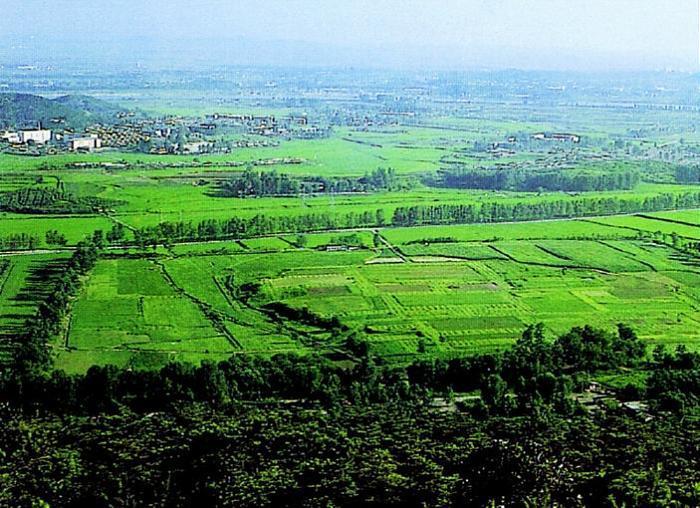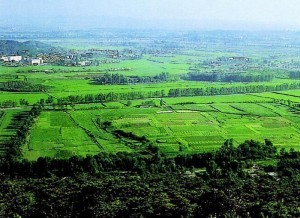News
Story Associated With Anhak Palace
The Anhak Palace is a royal residence of the Goguryeo kingdom that was built in 427 AD. It is located in Taesong-guyok, Pyongyang, North Korea.
The Anhak Palace was the royal residence of Koguryo (277 BC-AD 668) after the kingdom moved its capital from Kungnaesong in Jian to Pyongyang in 427. Around the time when the construction of the palace was underway, there lived a boy named Isadal who was a slave owned by the royal family.
One day the royal minister in charge of the Anhak Palace project looked through the design. Then, he called in Isadal and gave a strict order, saying, “Listen, Isadal. We’re going to decorate this palace of the king with coral bricks. You shall have to make the bricks. If you succeed, you’ll be given liberty as you want. If not, you shall die.”
It was almost a lethal order, but Isadal was rather happy than afraid, for he thought living as a slave was no better than being dead. He made up his mind to make coral bricks at any cost as a treasure of his country and earn liberty like Noul for the reward.
Isadal was in love with Noul who was a royal servant. But as he was a slave, he could not meet her openly. Whenever they came across in the ground of the palace, they had to share their burning affection by exchanging their eyes alone.
Having experienced such a misfortune, Isadal made desperate efforts for the development of the coral bricks. The Anhak Palace rose magnificently befitting the dignity of the prosperous country.
A dozen years passed and it was time to use coral bricks for the decoration of the buildings where the sovereign of the country would live. Isadal’s hair was scorched by the fire of the brick kiln, and his hands were burnt numb and hardened with calluses. But he failed to make coral-bright bricks.
The minister decided to sentence him to death for his failure to fulfil the order, so that other people working for the project might be awakened to the loyalty to the royal order. When people gathered in a certain place of the palace under construction as he had ordered, he asked Isadal to leave words if he had any before he died.
“I wish to die with this brick I’ve made in my arms,” Isadal implored.
“What do you mean by that?” asked the minister.
“I wish to be a cornerstone of Koguryo even when I’m dead.”
The minister allowed him to hold the brick in his arms, and ordered the executioner to carry out the death sentence.
The stupidly honest executioner put up his sword over his head and struck a fatal blow down onto Isadal’s neck.
But, alas! The sword was broken into two pieces and Isadal was standing erect like a giant with his brick held up over his head. The crowd was shocked to see his brick still complete.
At the moment Noul, among the crowd, called out to him and elbowed through the gathering. The fragile girl came up to Isadal with tearful eyes and looked at him for a good while, before standing by him. She seemed to be determined to share the lot with him by his side whatever the ordeal. She had never been able to do it yet, and now she looked happy. She was grey-haired now, like Isadal. Their position of being enslaved without any human right turned them gray-haired though they were no more than in their 40s. Infuriated, the crowd shouted to the minister to let the couple alive. They looked ready to rise up against him at once if he did not accept their opinion. And the minister knew such a revolt would make it impossible to build the palace and that he would be blamed for the failure. So he decided to pardon Isadal who had earned the favour with the workers by making strong bricks and let him achieve his desire. This would help him court the workers and hasten the project.
Finally Isadal escaped the death penalty and his name was erased off from the register of slaves. The people erected a small house for his couple at the foot of Mt. Taesong and looked well after them.
Later the local inhabitants handed down the legendary story of Isadal and Noul generation after generation.




